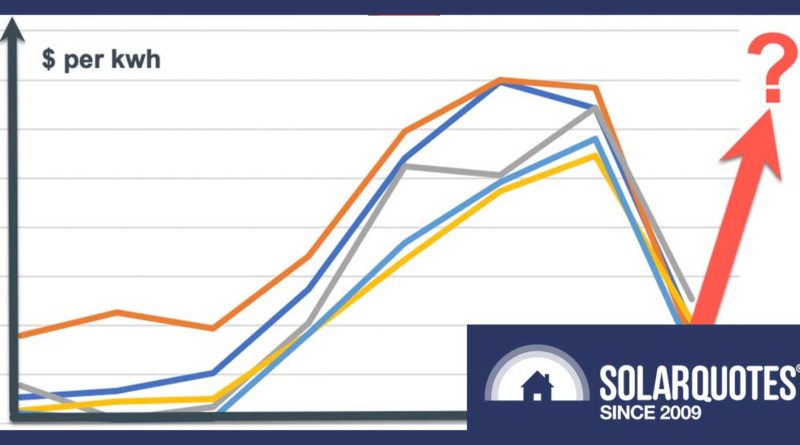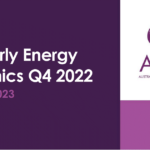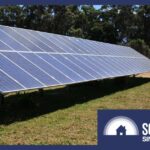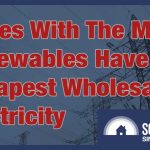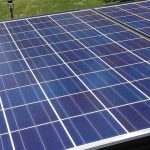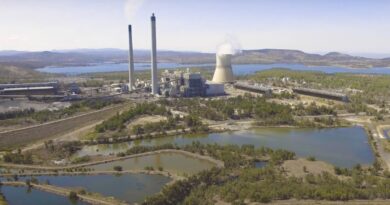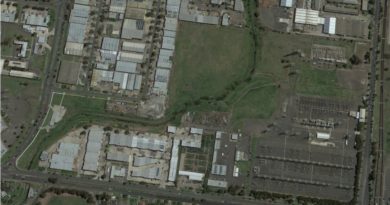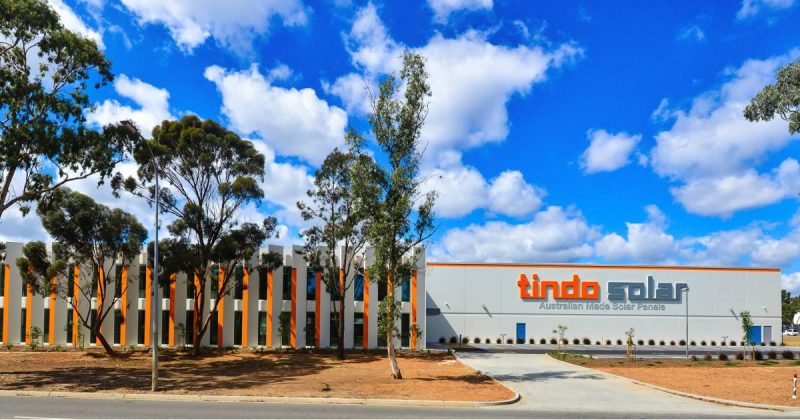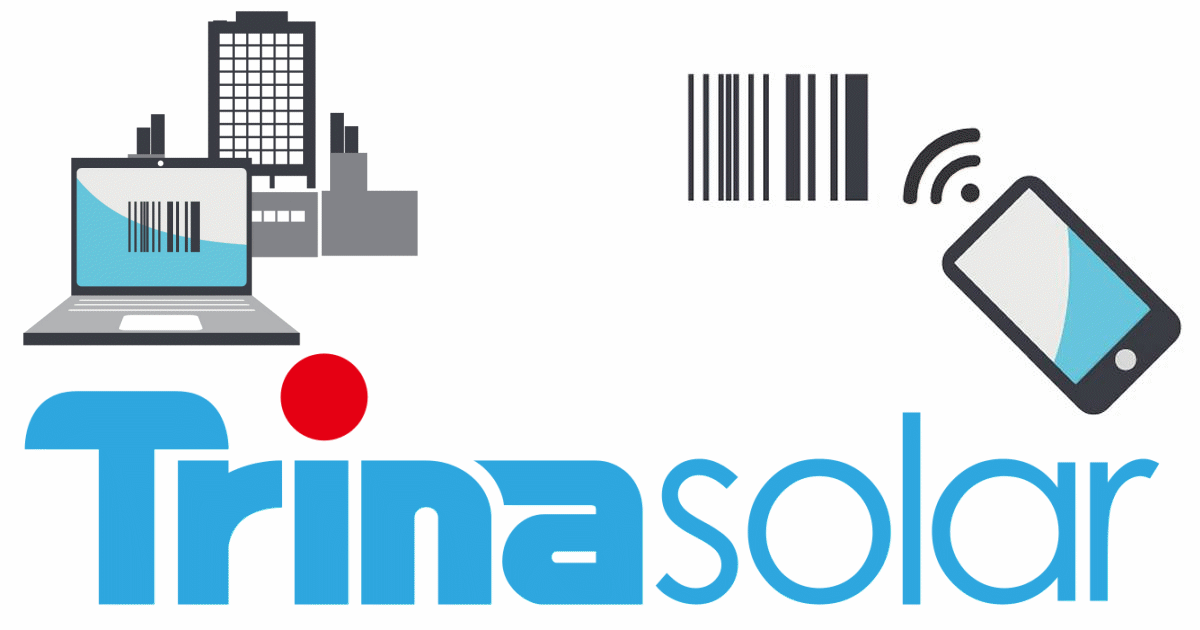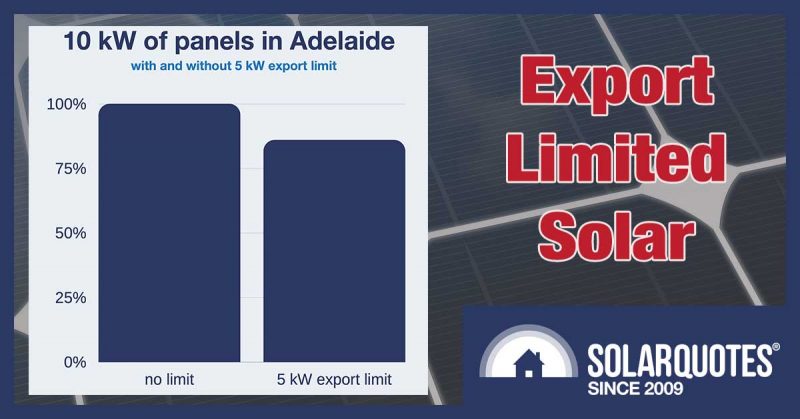Wholesale Electricity Price Crises Continue — More Hefty Hikes Likely
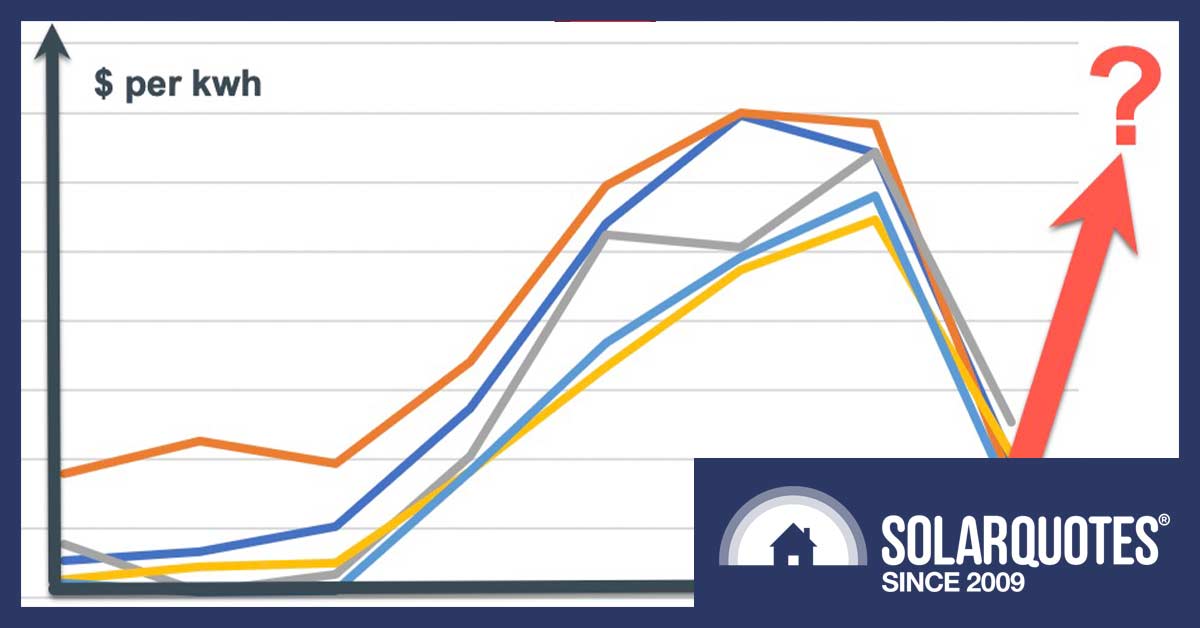
Australia’s wholesale electricity price crisis is in its fifth month. This ongoing disaster began in April and really took off in May, June, and July. It continued through August, but the crisis wasn’t as crisisy as the previous three months. It’s confined to the eastern states, so WA and NT have escaped its clutches. The ACT is also getting off lightly due to its commitment to 100% renewable electricity.
In this article, I’ll provide an update on what happened with wholesale electricity prices over August and explain why we’re still on track for further electricity price hikes next year. If you want background information on the crisis, you can check out this article…
An Idiot’s Guide To Australia’s Electricity Price Problem
(Note that the reader isn’t necessarily the idiot. I wanted to write a smart person’s guide to the crisis, but that was never a realistic goal for me.)
I also wrote about how the situation became less bad at the start of August…
Three Days Of Non-Insane Prices Spark Hope Wholesale Electricity Crisis Is Easing
Wholesale Spot Prices Still High
Here’s a graph I made showing the average monthly wholesale spot price so far this year for the five eastern states.
Queensland started the year with high average wholesale spot prices thanks to an unprovoked explosion at the black coal Callide Power Station, while in the other eastern states, they were all under 9 cents per kilowatt-hour. Thanks to a strong economy, these prices were above average but not out of the ordinary. But by July, no state had an average monthly wholesale spot price of under 32 cents per kilowatt-hour.
Due to the decrease in August, the graph suggests things are rapidly returning to normal. But for as long as there’s invading going on in Ukraine, there’s no reason to expect a return to normality, as international prices for coal and natural gas will remain high. The only way we’re likely to see a price decrease soon is if…
- Russia exits Ukraine, or…
- There’s more government regulation of wholesale electricity prices.
At the moment, the first looks far more likely than the second.
Gas Prices Far Better
A few months ago, eastern state natural gas prices soared to $100 a gigajoule before being capped at $50 – still around five times higher than usual. After that, they tended to be over $40 a gigajoule until the end of July, when they fell again. I’m not privy to the details, but apparently, many threats were made and metaphorical heads busted behind the scenes, causing domestic gas prices to fall.
On the last day of August, gas prices per gigajoule were:
- Adelaide: $17.01
- Brisbane: $13.68
- Victoria: $13.25
- Sydney: $13.60
Natural gas prices are now well below export prices. It’s a miracle! This still isn’t a great situation, as every gigajoule of gas we burn represents a fistful of dollars going up in smoke in lost exports. But because natural gas has an outsized effect on wholesale prices, keeping its price artificially low — by hook or by crook — is probably the most effective short-term solution to the crisis available.
More Electricity Price Hikes Coming In 2023
If the crisis continues with wholesale electricity prices averaging as high as they were in August, then all eastern Australian states will see hefty electricity price increases next financial year.
An early end to the Russian invasion is on the cards. It could occur either due to continued Ukrainian military success or be the result of a negotiated settlement sparked by Putin spontaneously deciding to spend more time with family members — specifically, the dead ones.
But even if wholesale electricity prices soon return to last year’s levels, a big hike will already be baked in because they’ve been so high for so long.
But wholesale market spot prices aren’t the same as wholesale electricity prices, as most electricity is traded through contracts rather than the market. This means there is hope the contract prices will be more reasonable and so moderate the extreme wholesale market prices we’ve been seeing. But the longer the crisis continues, the more contracts will be updated with higher prices and the more likely it is most Australians will be hit with huge increases in electricity bills next financial year.
While it’s not possible to know what sort of price hikes we’ll be hit with in 10 months’ time, I would not be surprised if the average increase is 5 cents per kilowatt-hour or more. The only good news is I also expect a considerable increase in solar feed-in tariffs.
Emergency Measures
When coal and natural gas prices octuple or decuple or octa-decuple, that sends a clear signal to stop using them so much.
But one of the many flaws in the way we manage retail electricity is that high wholesale prices may not affect retail prices for more than a year after they occur. This means the price signal that tells people to reduce consumption doesn’t happen until long after a wholesale price crisis has passed.
Most of the increase from the recent run-up in wholesale prices won’t hit your bill until July 2023. Hopefully, by then, the Russian invasion of Ukraine will be over and international energy prices back to normal — or potentially lower than normal if Russia floods the market to pay war reparations.
Obviously, Australia’s governments should take steps to reduce electricity consumption now, rather than wait ten months for higher prices to do it.
But there is something they can do almost immediately that won’t cost anything overall. They could eliminate, or at least reduce, daily supply charges while raising per kilowatt-hour charges to keep revenue the same.
Households with average electricity consumption will see no change in what they pay, while those with below-average consumption will pay less. Regrettably, high consumption households will have to pay more, but everyone will have an incentive to use less grid electricity because the price per kilowatt-hour will be higher.
While I don’t expect this to happen, it’s not as big a stretch as some people think. The only reason we have daily supply charges is to encourage people to use more electricity. The money collected isn’t earmarked for koala orphanages. It all goes into the same money bucket as the per kilowatt-hour charges.
Europe Has It Worse
Australia’s electricity price crisis is serious, but things are far worse in Europe, which must import much of its energy.
Fortunately, Europe is filling its gas reserves and has lots of wind, nuclear, and other sources. This means no one has to freeze to death in winter. Except in the UK, where they’re planning to freeze poor people to death anyway:

Posted by Craig @exhippy23 on Twitter.
This is the bill for a snack bar and shows that from the 19th of September 2022, they’ll be charged £1.20 per kilowatt-hour for electricity. That’s $2 Australian and more than what it costs to run a generator here.
I don’t approve of burning gas, but I do hope for the following:
- Russia gets the hell out of Ukraine soon, which will allow energy prices to fall.
- Everyone learns the lesson not to rely on coal and gas and abandons them with great haste.
But whatever happens, internationally traded gas and coal will go into decline. Nations will not want to rely on fuels that can soar in price and crash economies when wind and solar power can provide energy at a competitive price and have zero fuel cost.
Solar Energy Saviour
Even if international energy prices remain at their current levels and governments make no further efforts — or at least no fruitful efforts — to bring electricity prices down, there are reasons to expect a further easing of wholesale prices over the next few months. This is because Australia consumes less electricity in spring, and as the days grow longer and the sun rises higher in the sky, solar output also improves.
But there’s no need to wait for more sunshine to improve the output of existing solar power systems.
If you don’t have solar, get some slapped on your roof. There’s no point in waiting. The same goes if you have solar panels but are thinking of getting more. Having a solar power system installed won’t only directly reduce your electricity bills, it will also reduce them for others. This is because the surplus solar energy that gets sent into the grid helps push down wholesale electricity prices to the benefit of everyone.
So, installing solar panels now will not only provide immediate benefit for you but will help protect Australia against future episodes of extreme wholesale prices.
Prepare For The Reasonable Worst
Some people say you should prepare for the worst. But I don’t recommend that, as I can think of some pretty awful things and would have to spend the rest of my days cowering in an underground bunker, behind boxes of tinned food.
I do recommend preparing for the reasonable worst. These are things that are unfortunate and have a reasonable chance of occurring. This definitely includes a painful increase in electricity prices next July. You can probably guess what’s number one on my list of precautions, but I do have more than one suggestion:
- Install solar panels.
- Improve your home’s thermal envelope.
- Consider investing in energy-saving appliances, such as a heat pump hot water system.
- Get off gas.
- Get a home battery — but only if you’re okay with not making a financial return.
If you do follow these steps and, for some reason, it turns out we don’t have a big hike in electricity prices next year, then all you’ll have done is made the world a better place.
Original Source: https://www.solarquotes.com.au/blog/electricity-price-crises-continue/

